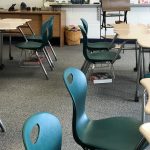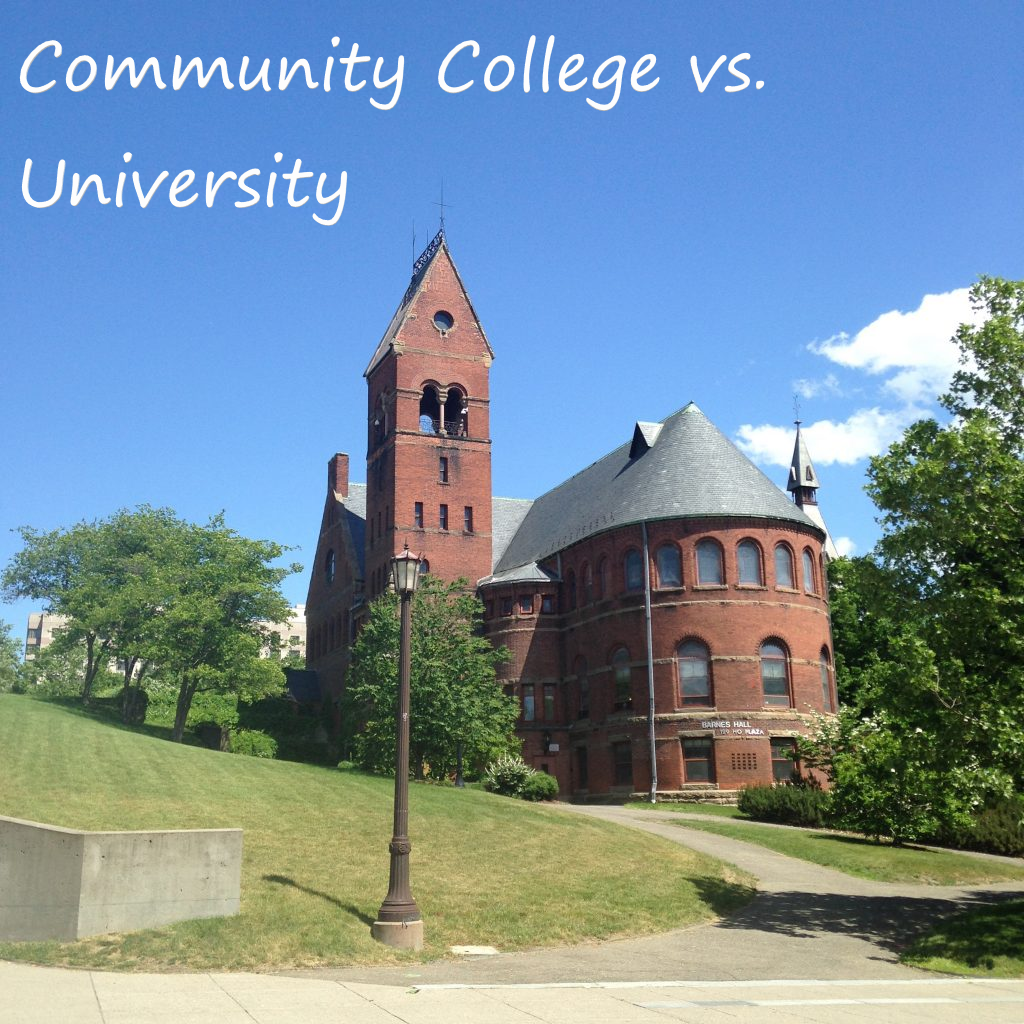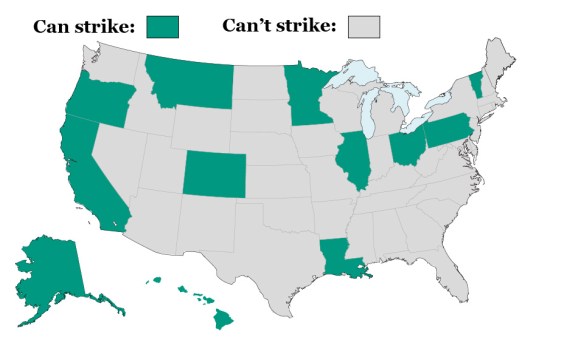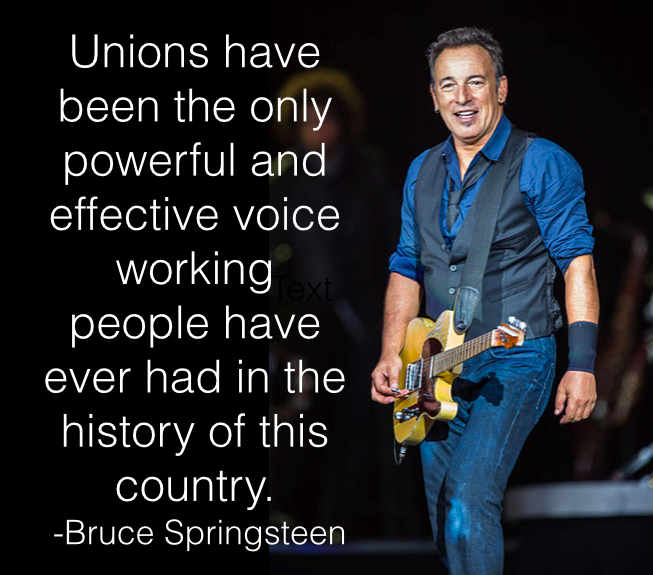“There is no question that distance learning has challenges. That’s why the U.S. Department of Education has reminded schools that if distance learning isn’t providing a student with a fully appropriate IEP or 504 Plan, they should make a determination as to whether that student will require compensatory (make up) services when schools are fully open once again. It isn’t an ideal solution, but you should keep it in mind.”
I translated this paragraph to “honest people know that some U.S. students are being sent up the creek into the whitewater without any paddles or life preservers.”
From IEP or 504 Plan for Distance Learning: Accommodations for ADHD Students (additudemag.com)
Many classrooms are empty now and we all know that distance learning serves certain students better than others. This is true for all students. Distance learning mostly favors visual learners with longer attention spans. It heavily favors lucky students with parents who can make time to help during the learning process, especially in homes with more disposable cash. That cash translates to headphones that cancel outside noise, a cell phone or tablet holder, a printer, reliable internet, and, most critically, a calm, quiet and comfortable place to study.
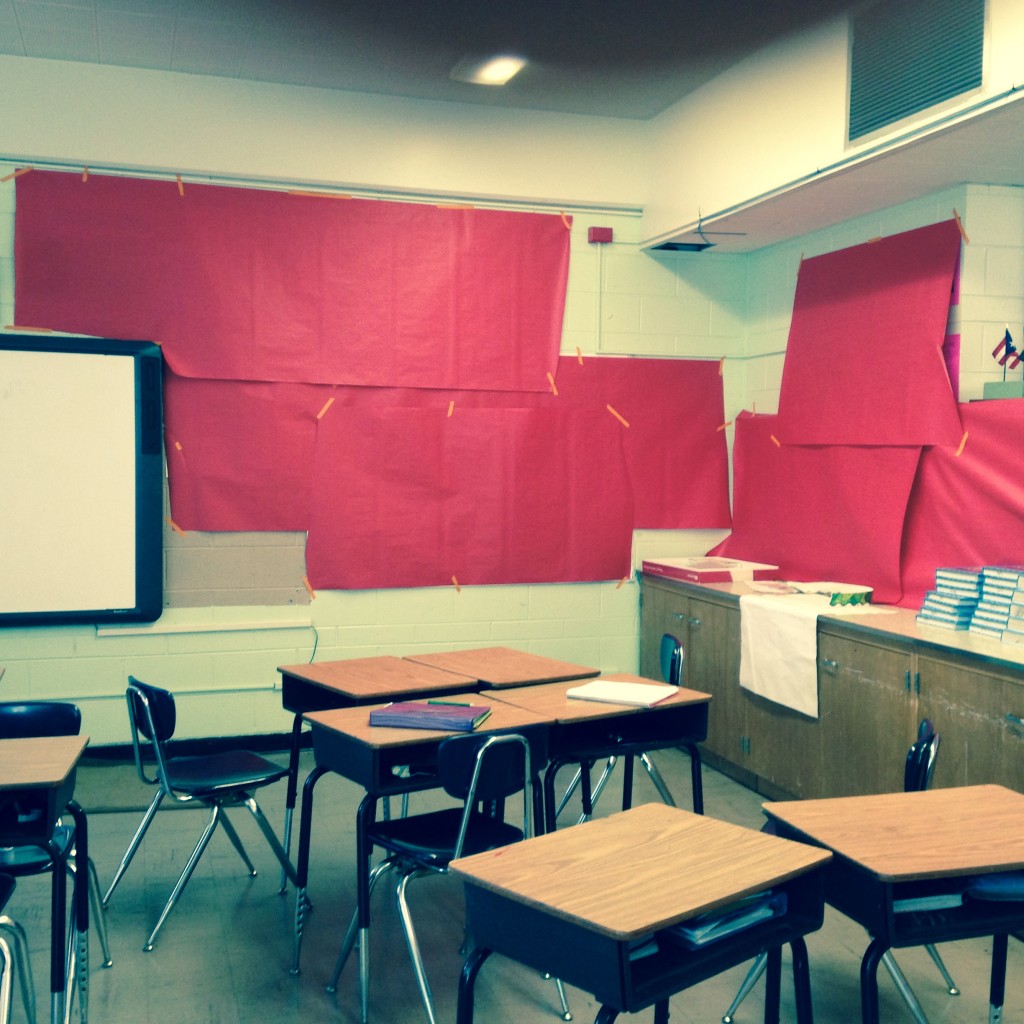
Yes, many financially-disadvantaged parents are doing a heroic job of creating an at-home learning environment that works, but money makes this so much easier. I don’t want to diminish the efforts of struggling parents who are fighting to help educate their children while somehow also paying rent, car payments and grocery bills. But I also don’t want to pretend that extra $$$ isn’t hugely helpful during this school year. Many supplies provided by schools are being bought by parents right now– not all those schools went around handing out crayon caddies and glue sticks. Tech-savvy parents right now are more often able to stay home, in part simply because jobs that require significant tech knowledge tend to be jobs that can be done on a laptop with a cup of tea and cookies in a home office.
Still, a financially-disadvantaged student working at home on a school-issued Chromebook, using that less than optimal mouse and the school headphones that can only be heard in the right ear — that student may be doing fine. As always, the right instructor makes all the difference. Reliable software and a solid internet connection help, but back-up plans can rescue days when the Evil 64-G Nanites sent by Thanos somehow eat the day’s plans. Tenacity and grit can substitute for cooperative hardware and software.
But what about those kids with IEPs and 504 plans? The kids who don’t have the services they need to make use of that Chromebook?
Eduhonesty: Not all the grit in the world can substitute for the ability to read when no one is available to read for a kid who cannot decode words, especially not if that kid suffers from hearing loss too.
A partial list of the particular reasons why students receive special education services includes widely varying degrees of autism, Down syndrome, severe dyslexia, medical conditions requiring regular hospitalization, arthritis, autoimmune disorders, cerebral palsy, muscular dystrophy, schizophrenia, spina bifida, exceptionally low intellectual functioning, traumatic brain injuries, blindness and/or deafness, and other physical and psychological conditions that impair learning. These problems may be combined with hyperactivity or other disorders. Concerns for these students may include memory, recall, compliance with instructions, sustaining attention, concentration, impulsiveness, organizational skills and emotional vulnerability. Some of these students cannot read or can read only the simplest books. Some cannot speak and may require assistive technology to communicate.
REMOTE LEARNING SIMPLY WILL NOT WORK FOR SOME OF THESE STUDENTS. The best teachers and special education departments may be unable to make a shift to home technology a viable path to education. What does that mean in the big picture? Compensatory services designed to make up for lost time when schools are fully open once again will be crucial for many students.
It’s not too soon to start creating next year’s plans for “Megan” or “Robert.” Every lesson that Megan and Robert cannot follow should be recorded. THIS IS THE TIME to make notes showing what our special education students missed during remote learning. Plans for Megan and Robert will be much more robust if we plan now when we know exactly what they are missing, rather than waiting until next year and trying to figure retrospectively which ideas slipped away.
Our compensatory plans for Megan and Robert should be well underway and if these plans have gotten lost due to the overwhelming details that come with shifting to remote learning, then it’s time to put the plans back on top of the agenda. There will never be an easier time to track and record that lost learning than right now.
Parents — I’d call the schools and ask when and how schools intend to pivot back to those areas where your child could not follow. Where possible, keep track of specific topics that you believe will need to be addressed next year.
In the meantime, let’s all be as kind to each other as we can.
Hugs to all my readers as we move into 2021, with hopes for a better year.



